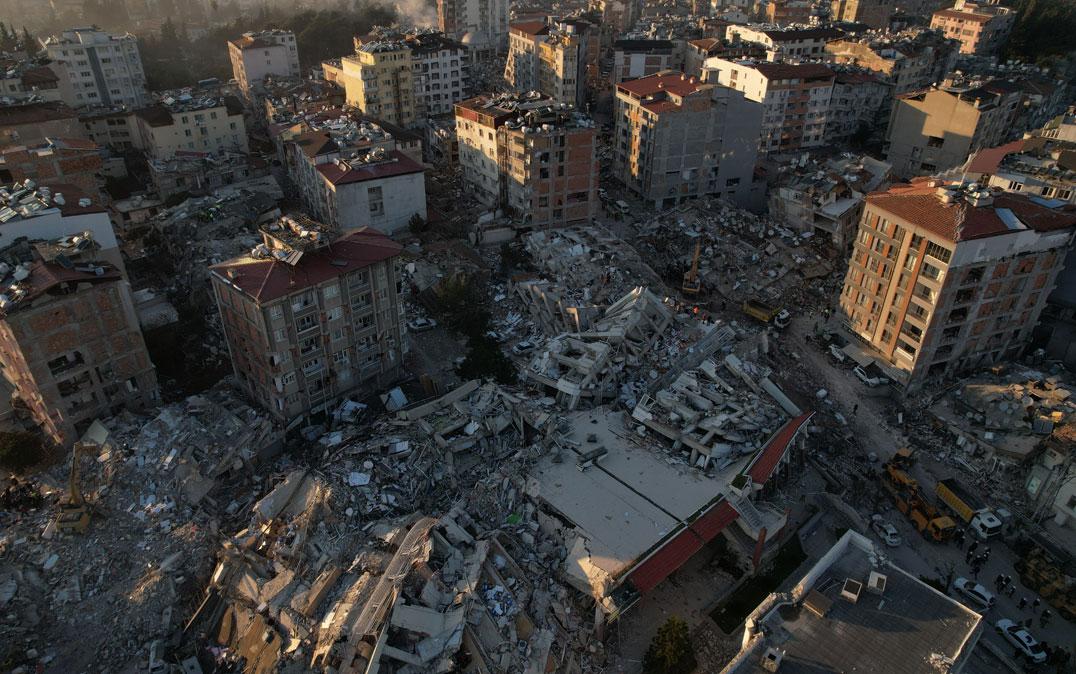Research News
Multiscale Rupture Growth Driven by a Complex Fault Network during the 2023 Türkiye and Syria Earthquake Doublet
 Image by Rumman Production/Shutterstock
Image by Rumman Production/Shutterstock
Researchers from the University of Tsukuba analyzed the source processes of the twin earthquakes that caused extensive damage in Türkiye and Syria on February 6, 2023. The results revealed that a complex fault network with bends, steps, and branches controlled the propagation speed and direction of the rupture, leading to hierarchical small to large rupture growth.
Tsukuba, Japan—On February 6, 2023, two major earthquakes with moment magnitudes of 7.9 and 7.6 occurred in southeastern Türkiye, near the Syria-Türkiye border. The two major earthquakes were close in time and space and can be considered twins. The shaking from the earthquakes caused significant damage to buildings, roads, and people. The source areas of the two earthquakes are where the Anatolian, Arabian, and African plates meet, developing a network of faults with bends, steps, and branches. However, how these fault networks promote and halt rupture growth in actual earthquakes has been elucidated.
This study analyzed the source processes of the 2023 Türkiye-Syria twin earthquakes and revealed a hierarchical rupture growth through a complex network of faults. Particularly, we found that the first earthquake rupture apparently propagated backward, changing the rupture direction like a boomerang as the rupture grew from a minor fault, which branched sharply from the main fault to a larger-scale rupture at the main fault. In both the earthquakes, the rupture growth was partially at supershear speed. In the second earthquake, fault bending promoted fast rupture growth but abruptly stopped the rupture.
This study revealed that a geometrically complex fault network controlled the earthquake size and rupture propagation speed and direction, leading to multiscale rupture growth from small- to large-scale rupture episodes. The new findings of the 2023 earthquake doublet display the irregular rupture evolution and diverse triggering behaviors in a single event and across the earthquake sequence, providing critical inputs in understanding earthquake-rupture dynamics and for better assessing future earthquakes.
###
This work was supported by JSPS Grant-in-Aid for Scientific Research (C) 19K04030 and 22K03751, JSPS Early-Career Scientists 20K14570, and JSPS Grant-in-Aid for Special Purposes 22K21372.
Original Paper
- Title of original paper:
- Multi-Scale Rupture Growth With Alternating Directions in a Complex Fault Network During the 2023 South-Eastern Türkiye and Syria Earthquake Doublet
- Journal:
- Geophysical Research Letters
- DOI:
- 10.1029/2023GL103480
Correspondence
Assistant Professor OKUWAKI Ryo
Institute of Life and Environmental Sciences, University of Tsukuba
Related Link
Institute of Life and Environmental Sciences





